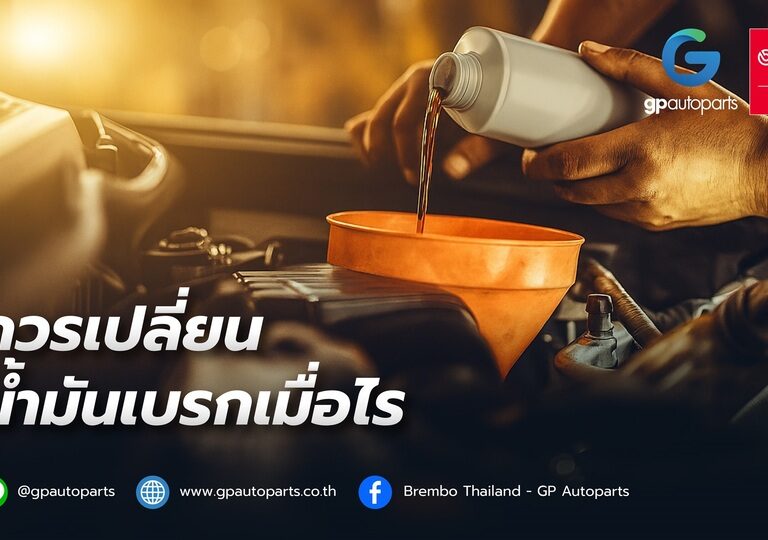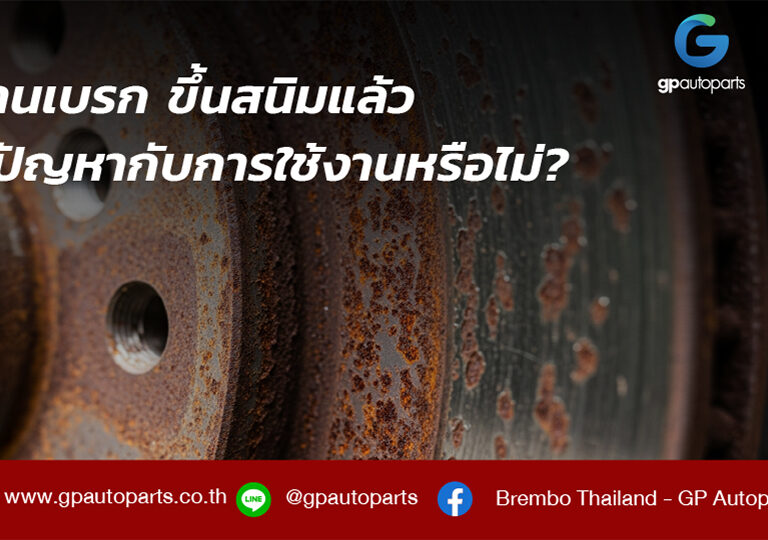
When to Change Brake Fluid?
One of the most critical yet frequently neglected maintenance tasks for any vehicle is changing the brake fluid. Many car owners might ask, “When should I change my brake fluid?” The international standard is every 2 years or 40,000 kilometers (approx. 25,000 miles), whichever comes first. This is not just a recommendation but a crucial requirement that directly impacts driving safety. So, what happens if we fail to change the brake fluid on schedule? The Core Issue: Why Does Brake Fluid “Go Bad”? The primary reason brake fluid has a limited service life is due to its inherent property known as being “hygroscopic.” Glycol-based brake fluids (like DOT 3, 4, and 5.1) are designed to absorb moisture from the atmosphere. This moisture can slowly seep into the brake system through microscopic pores in brake hoses and past seals over time. As the brake fluid becomes contaminated with water, its performance degrades, which is the starting point for serious problems. Understanding “Dry” vs. “Wet” Boiling Points Because brake fluid absorbs moisture, its boiling point decreases. International standards, therefore, define two different boiling points: Dry Boiling Point: This is the boiling point of new, fresh brake fluid with zero moisture contamination, which is very high. Wet Boiling Point: This is the boiling point of fluid that has absorbed moisture after being in service. If this temperature is too low, it creates a risk of vapor bubbles forming in the brake system. Vapor Lock: The Life-Threatening “Brake Fade” Symptom The “brake fade” or “brake failure” symptom known as Vapor Lock occurs during heavy or continuous braking (e.g., driving down a long hill). The intense heat generated is transferred through the brake pads and pistons to the brake fluid. If the fluid is old and contaminated with water, it will boil at a much lower temperature (water boils at 100°C / 212°F), creating steam bubbles (vapor) in the brake lines. Since vapor can be compressed (unlike liquid), when you press the brake pedal, the hydraulic force is wasted on compressing these bubbles instead of pushing the brake pistons. The result is that the brake pedal sinks to the floor with no braking force, which is extremely dangerous. Internal System Corrosion Recommendation: Changing brake fluid on schedule also helps prevent pitting on the caliper pistons. The water contaminated in old brake fluid not only lowers the boiling point but is also the primary cause of rust and corrosion on the internal metal components of the brake system, especially the complex ABS pump module. This corrosion can lead to “pitting” or leaks past seals, resulting in expensive repair bills in the future.










